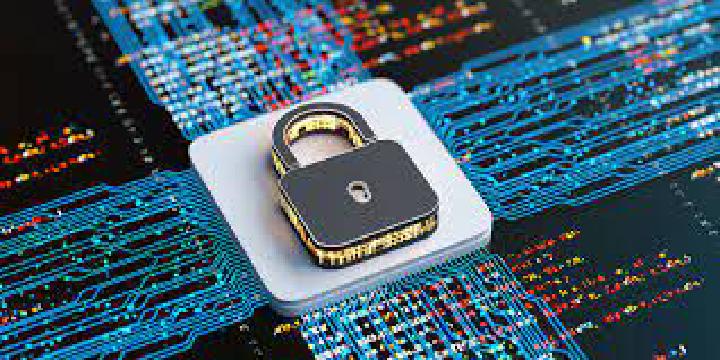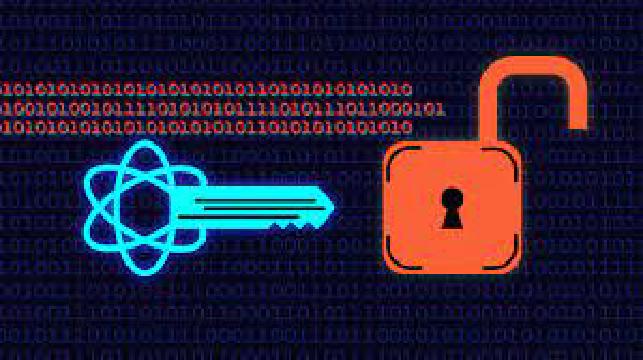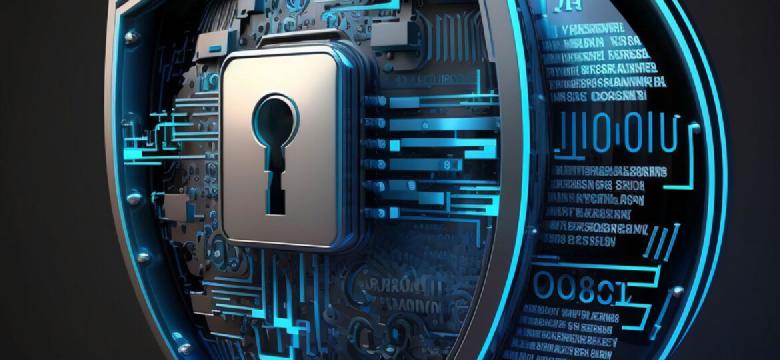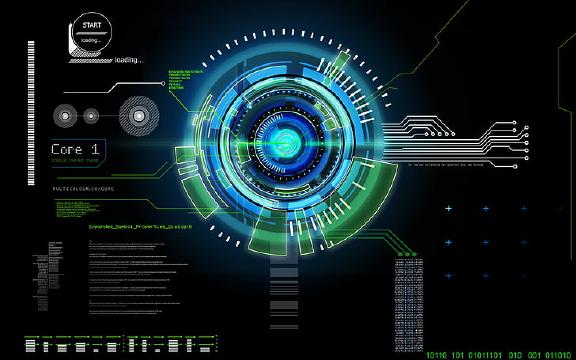Excerpt§
In this blog post, we explore the differences between SHA-2 and AES encryption algorithms, their functionalities, strengths, weaknesses, and practical applications. Find out how these widely used algorithms play a crucial role in securing data.
With the exponential growth of digital data, robust encryption is essential for safeguarding sensitive information. SHA-2 and AES are two of the most widely used security standards today. But they serve very different cryptographic purposes. In this article, we will highlight the key differences between the SHA-2 hash functions and the AES encryption cipher.
Introduction§
Maintaining confidentiality and integrity of data is vital in the digital realm. Cryptographic algorithms like SHA-2 and AES provide the fundamental tools for achieving this security.
SHA-2 refers to cryptographic hash functions defined in FIPS 180-4 for generating hash digests. AES is an industry-standard symmetric encryption cipher adopted worldwide. Though both are critical security primitives, SHA-2 and AES vary greatly in their design and applications.
Understanding the contrasts between hashing with SHA-2 and encrypting with AES allows applying them appropriately in security architectures.
Overview of SHA-2§
SHA-2 or Secure Hash Algorithm 2 is a family of cryptographic hash functions published by NIST, including:
- SHA-224 - Generates 224-bit hash
- SHA-256 - Generates 256-bit hash
- SHA-384 - Generates 384-bit hash
- SHA-512 - Generates 512-bit hash
These SHA-2 algorithms take arbitrary length data as input and compute a fixed length hash value. The hash serves as a unique fingerprint of the input.
Key properties of SHA-2 include:
- High collision resistance
- One-way nature – infeasible to reverse hashes
- Small changes to input lead to very different hashes
- Deterministic – same input always gives same hash
These make SHA-2 very reliable for verifying data integrity and authenticity.
Overview of AES§
AES or Advanced Encryption Standard is a symmetric block cipher standardized by NIST for robust data encryption. It supports key lengths of 128, 192 or 256 bits. AES operates on fixed size blocks of data using substitution and permutation methods.
Key features of AES include:
- Symmetric – same secret key for encryption and decryption
- Fast and efficient implementation across hardware and software
- High security – resistant to all known attacks
- Global adoption for data security and privacy
AES provides the gold standard for protecting data at rest and in transit today.
Key Differences Between SHA-2 and AES§
The core differences between SHA-2 and AES are:
- Purpose – SHA-2 is for hashing while AES is for encryption
- Key usage – SHA-2 does not use keys while AES requires secret keys
- Input size – SHA-2 has no limits, AES operates on fixed size blocks
- Output – SHA-2 outputs fixed length hashes, AES outputs ciphertext
- Operation – SHA-2 is one-way, AES supports two-way enc/dec
- Security goals – SHA-2 provides data integrity, AES provides confidentiality
Similarities Between SHA-2 and AES§
- Both are widely adopted, trusted cryptographic standards published by NIST.
- They rely on iterated cryptographic primitives and mathematical operations.
- Provide different but complementary security services for data protection.
Practical Applications§
In practice, SHA-2 and AES are often used together to achieve end-to-end security:
- Authentication – Passwords hashed with SHA-2, data encrypted using AES
- Digital signatures – Messages hashed with SHA-2, signatures created using AES
- Encrypted storage – Data hashed for integrity checking with SHA-2, encrypted using AES
- Secure communications – AES encrypts data, SHA-2 hashes used for verification
Conclusion§
In summary, while both critical for security, SHA-2 and AES serve distinct purposes. SHA-2 produces hash digests for integrity verification while AES provides standard symmetric encryption. Using them together as hashing and encryption engines enables robust protection of confidential and authentic data. Their complementary strengths reinforce the depth and diversity needed for defense-in-depth data security.















